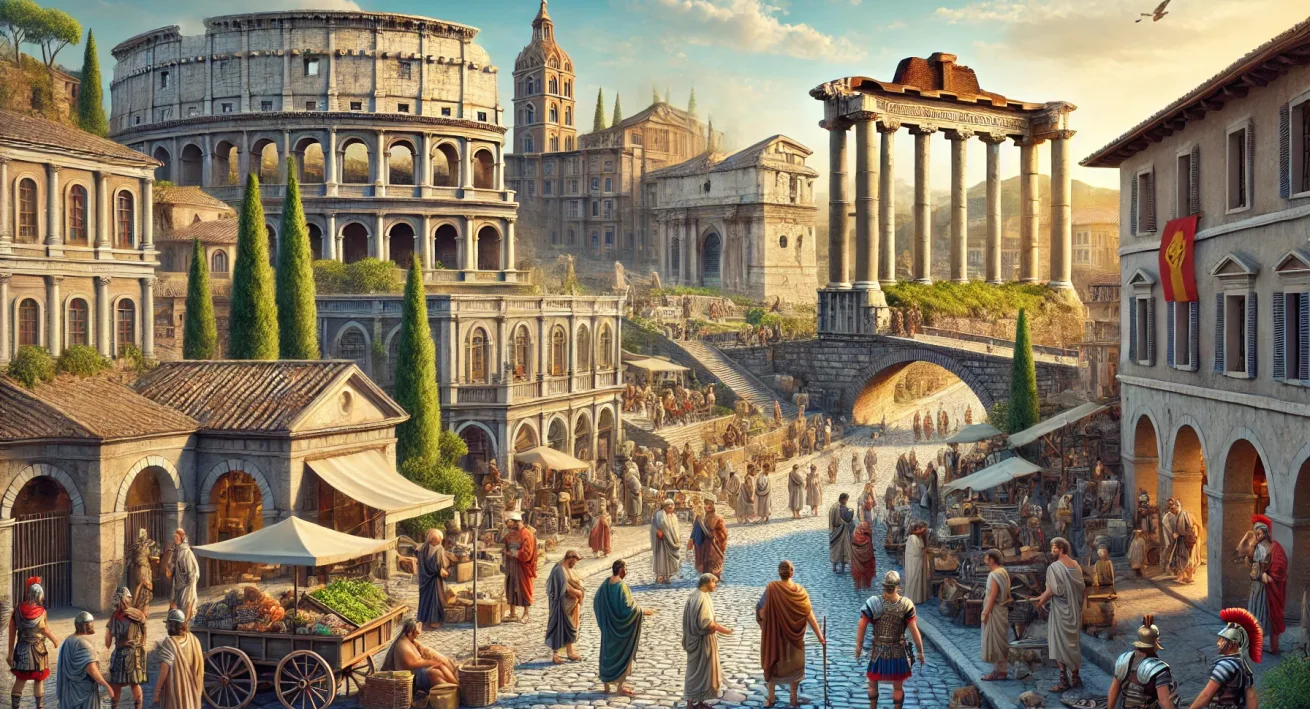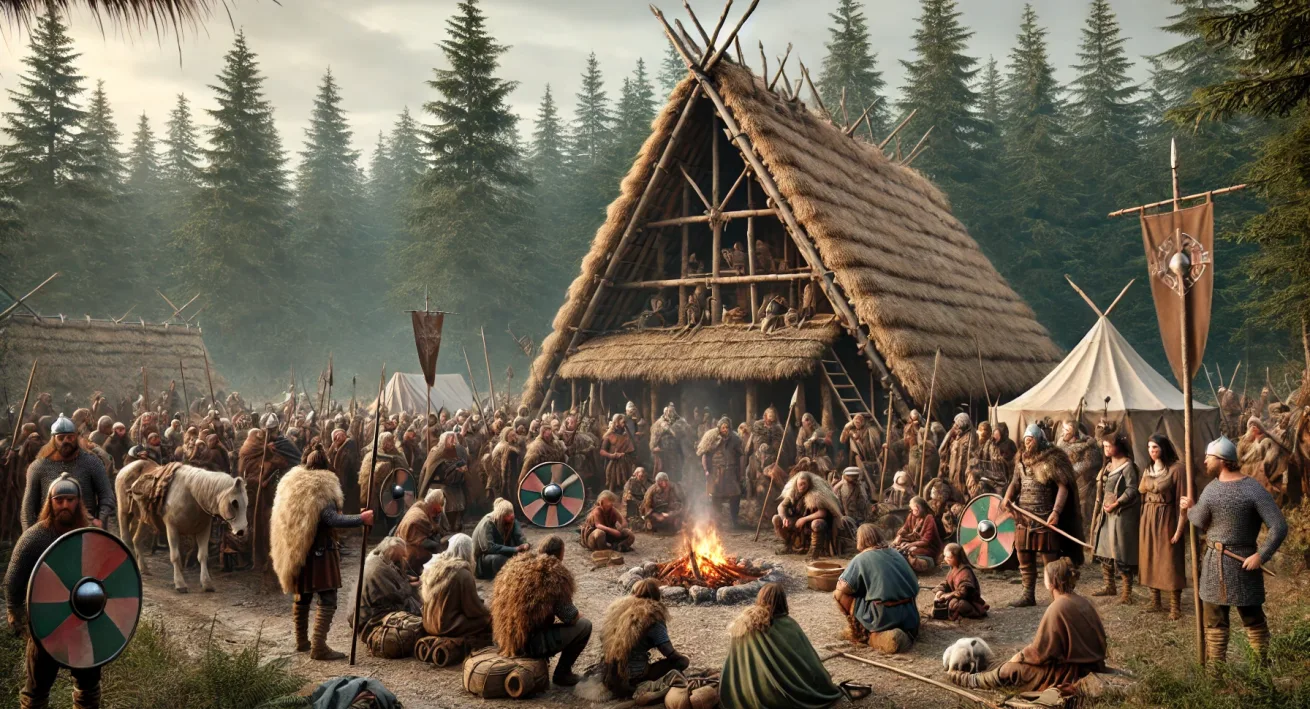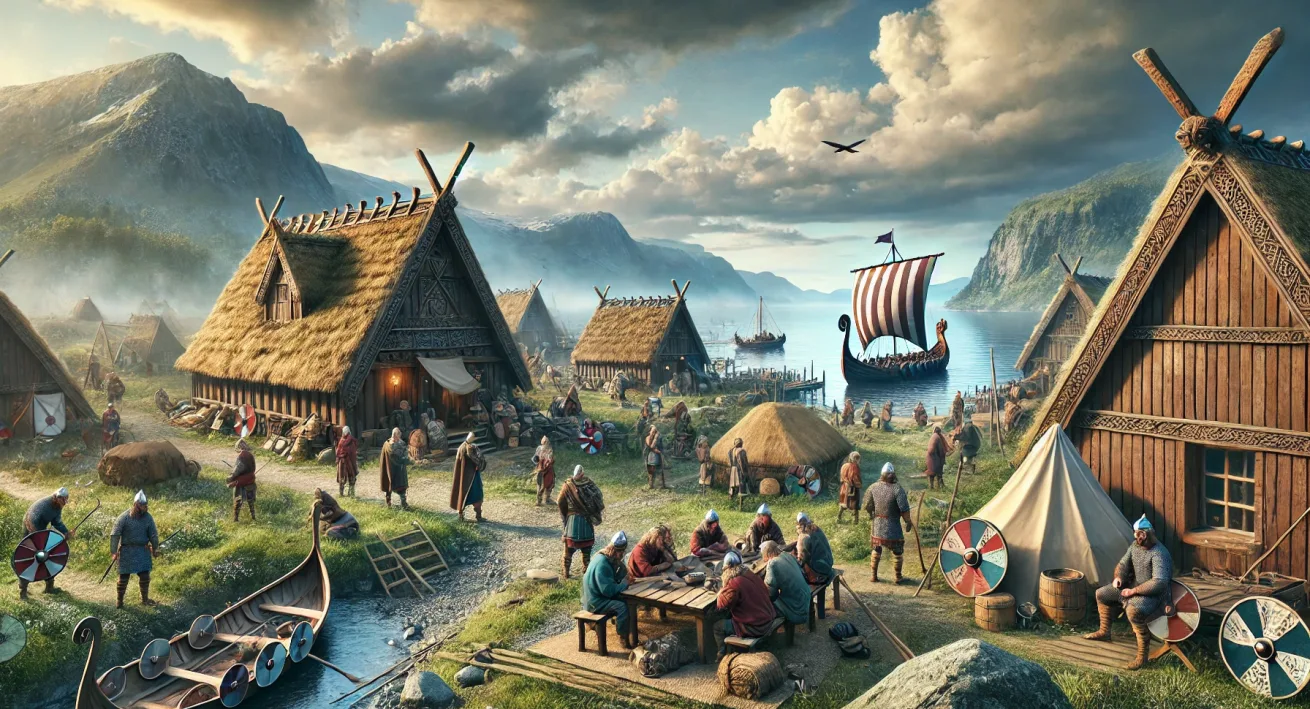The Abbots Bromley Horn Dance is one of England’s most ancient and enigmatic traditions, rooted deeply in the folklore of Staffordshire. This historic dance, with its origins shrouded in mystery, continues to captivate both locals and visitors with its unique blend of history, culture, and spectacle. Each year, this small village in Staffordshire comes alive with the sights and sounds of this age-old ceremony, offering a glimpse into England’s rich cultural heritage.





